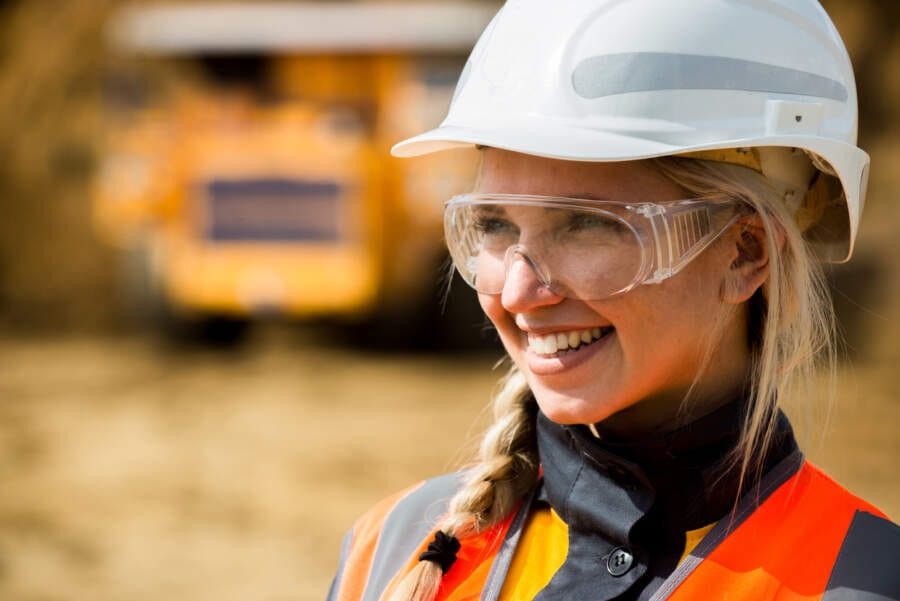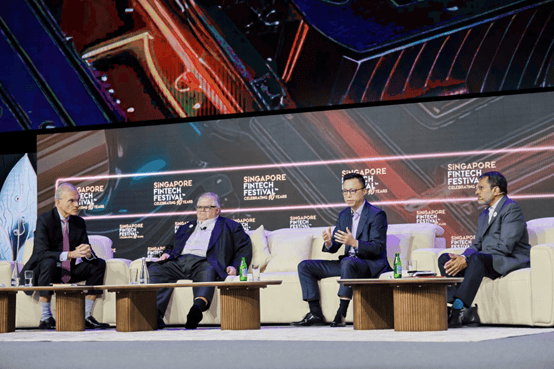
How to build a mining rig
Cryptocurrency mining has become a popular and lucrative endeavor in the world of digital assets. While the concept of mining might conjure images of individuals toiling away in search of buried treasure, modern cryptocurrency mining is a digital process that involves solving complex mathematical puzzles to validate and record transactions on blockchain networks. In this comprehensive guide, we will delve into the intricacies of cryptocurrency mining, from understanding the fundamentals to assembling and managing your own mining rig.
Introduction
- What is cryptocurrency mining?
Cryptocurrency mining is the process by which transactions on blockchain networks are verified and added to the public ledger known as the blockchain. Miners, individuals or entities, use computational power to solve complex mathematical puzzles, a task known as “proof of work,” to secure the network and earn rewards in the form of cryptocurrency tokens. This process not only maintains the integrity of blockchain networks but also plays a crucial role in the creation of new digital coins.
Important considerations
Before diving into the world of cryptocurrency mining, it’s essential to be aware of some critical considerations:
- Cryptocurrency selection: Different cryptocurrencies have varying mining requirements and profitability. Choose a cryptocurrency based on factors like potential earnings, market demand, and personal preferences.
- Energy costs: Mining rigs consume electricity, and the cost of power can significantly impact your profitability. Consider your local energy rates and energy-efficient hardware.
- Hardware investment: Building a mining rig involves a financial investment in hardware components. Calculate your budget and expected return on investment (ROI).
- Technical knowledge: While this guide covers the basics, cryptocurrency mining can be technically complex. Be prepared to learn and troubleshoot along the way.
- Regulatory environment: Be aware of the legal and tax implications of cryptocurrency mining in your jurisdiction. Regulations can vary widely.
Planning your mining rig
Before you start assembling your mining rig, careful planning is crucial to ensure a smooth and profitable mining operation.
- Define your mining goals: Begin by defining your mining goals. Are you mining for profit, or is it more of a hobby? Consider factors such as your financial objectives, available resources, and long-term commitment to mining.
- Choose a cryptocurrency to mine: Selecting the right cryptocurrency is a pivotal decision. Research various cryptocurrencies and their mining requirements, including hardware specifications and potential profitability.
- Research mining hardware and profitability: Thoroughly research mining hardware, particularly graphics processing units (GPUS). Look for GPUS that strike a balance between hash rate and energy efficiency to maximize profitability.
- Budgeting and cost estimation: Create a budget that accounts for the cost of hardware, electricity, cooling, and other potential expenses. Estimate your expected ROI based on current market conditions and future projections.
Selecting hardware components
Building a mining rig requires careful selection of hardware components to achieve optimal performance and efficiency.
- Graphics processing units (GPUS): GPUS are the workhorses of a mining rig. Choose GPUS that are well-suited for your chosen cryptocurrency and provide a good balance of price, hash rate, and power efficiency.
- Motherboard: Select a motherboard with enough PCIE slots to accommodate your GPUS. Consider a reliable brand and model that supports your chosen CPU.
- Central processing unit (CPU): Mining does not heavily rely on the CPU, so choose an affordable and compatible CPU for your motherboard.
- Random access memory (ram): A minimum of 4gb of ram is generally sufficient for mining operations.
- Power supply unit (PSU): Ensure your PSU can provide ample power for all your components. Opt for a high-quality, efficient PSU to minimize energy waste and ensure stability.
- Storage: A small SSD or USB drive is suitable for the operating system and mining software.
- Cooling solutions: Proper cooling is crucial to prevent overheating and maintain hardware longevity. Consider using multiple fans or dedicated cooling solutions for your GPUS.
- Mining rig frame or case: You can either build a custom frame or purchase a dedicated mining rig frame to securely hold your components.
- Riser cables: Riser cables allow you to position GPUS away from the motherboard, reducing heat buildup and improving airflow.
- Networking components: Ensure a stable internet connection for your mining rig to communicate with the blockchain network and mining pool.
Assembling your mining rig
With all the necessary components on hand, it’s time to assemble your mining rig.
- Installing the CPU and ram: Begin by installing the CPU and ram onto the motherboard following the manufacturer’s instructions.
- Mounting and connecting GPUS: Mount your GPUS onto the PCIE slots and secure them in place. Use riser cables if needed to position GPUS for better cooling.
- Connecting the PSU and cables: Connect the PSU to the motherboard and GPUS, ensuring each component receives adequate power.
- Adding storage and networking: Attach your storage device and networking components, such as an ethernet cable or Wi-Fi adapter.
- Cable management and safety: Organize your cables for optimal airflow and safety. Ensure all connections are secure and that the rig is free from potential hazards.
Operating system and software
The next step is configuring the software for your mining rig.
- Choosing an operating system: Select an operating system compatible with your mining software. Popular choices include windows, Linux, and specialized mining OS like hiveos or ethos.
- Installing and configuring the OS: Install your chosen OS and configure it for mining purposes. Ensure that all necessary drivers are installed.
- Mining software selection: Choose mining software suitable for your cryptocurrency of choice. Options include cgminer, bfgminer, nicehash, claymore’s dual miner, and others.
- Configuring mining software: Configure your mining software with the required parameters, such as the mining pool address, wallet address, and other settings specific to your chosen cryptocurrency.
- Testing your setup: Before starting full-scale mining, run tests to ensure your rig is operating correctly and efficiently. Monitor temperatures and hash rates to identify and address any issues.
Power and energy efficiency
Managing power consumption is vital to maintaining profitability.
- Calculating electricity costs: Determine the cost of electricity in your area and calculate the daily and monthly expenses associated with running your mining rig.
- Energy efficiency considerations: Invest in energy-efficient hardware to reduce electricity costs. Consider optimizing your mining operation to run during off-peak hours when electricity rates are lower.
- Mining during off-peak hours: Schedule your mining operation to coincide with off-peak electricity rates to save on energy costs.
Joining a mining pool
Mining pools offer a collaborative approach to mining and can provide more consistent rewards.
- What is a mining pool: A mining pool is a collective group of miners who combine their computational power to increase the chances of successfully mining blocks and receiving rewards.
- Finding a suitable mining pool: Research and select a mining pool that suits your cryptocurrency and mining rig’s capabilities. Ensure the pool is reputable and offers reasonable fees.
- Setting up pool mining: Configure your mining software to connect to your chosen mining pool. Follow the pool’s instructions for worker setup and payment settings.
Monitoring and maintenance
Regular monitoring and maintenance are essential to ensure the longevity and efficiency of your mining rig.
- GPU and rig monitoring: Use monitoring tools to keep track of GPU temperatures, hash rates, and overall system health. Set up alerts to notify you of any anomalies.
- Temperature management: Maintain optimal cooling to prevent GPUS from overheating. Clean dust from fans and heatsinks regularly.
- Cleaning and dust prevention: Keep your mining rig and surounding area clean to prevent dust buildup, which can hinder cooling and lead to hardware issues.
- Hardware maintenance and replacement: Be prepared to replace faulty components promptly. Properly maintain your mining rig to maximize its lifespan.
Secure your earnings
Protecting your earnings is crucial in the world of cryptocurrency.
- Setting up a cryptocurrency wallet: Choose a secure cryptocurrency wallet to store your earnings. Ensure it supports the cryptocurrency you’re mining.
- Configuring payment settings: Configure your mining pool settings to automatically send earnings to your wallet at regular intervals.
- Wallet security best practices: Implement security measures such as two-factor authentication (2fa) and strong, unique passwords to protect your cryptocurrency holdings.
Troubleshooting and problem solving
Be prepared to address common mining issues and challenges.
- Common mining issues: Learn to identify and troubleshoot common problems such as connectivity issues, software conflicts, and hardware failures.
- Diagnostic tools and resources: Familiarize yourself with diagnostic tools and online communities where you can seek help and advice from experienced miners.
- Hardware and software solutions: Stay up-to-date with software updates and firmware upgrades for your mining hardware. Implement solutions promptly to optimize your mining operation.
Scaling and expansion
Consider options for scaling and expanding your mining operation.
- Adding more GPUS or rigs: As your mining operation grows, you can add more GPUS or build additional mining rigs to increase your computational power.
- Network and power considerations: Ensure your infrastructure can support a larger mining operation. Evaluate your network and power requirements as you scale.
- Maximizing mining efficiency: Constantly seek ways to maximize the efficiency of your mining operation, whether through hardware upgrades, software optimizations, or energy-saving measures.
Risks and considerations
Understand the risks and broader implications of cryptocurrency mining.
- Market volatility and profitability: Cryptocurrency markets can be highly volatile, impacting the profitability of mining operations. Be prepared for fluctuations in earnings.
- Hardware depreciation: Mining hardware depreciates over time. Plan for eventual hardware upgrades or replacements.
- Regulatory and tax implications: Research the legal and tax requirements related to cryptocurrency mining in your jurisdiction. Compliance is essential to avoid legal issues.
Staying informed and adapting
The world of cryptocurrency is constantly evolving, and staying informed is crucial.
- Following cryptocurrency trends: Stay up-to-date with the latest developments, news, and trends in the cryptocurrency space to make informed decisions.
- Adapting to market changes: Be prepared to adapt your mining strategy in response to changes in the cryptocurrency market, mining difficulty, or network upgrades.
- Continuous learning and improvement: Cryptocurrency mining is a dynamic field. Continuously educate yourself and seek opportunities for improvement in your mining operation.
In conclusion, building and managing a cryptocurrency mining rig is a rewarding but complex endeavor. By following this comprehensive guide and adhering to best practices, you can embark on your mining journey with confidence. Remember that cryptocurrency mining is not just a path to potential profits but also an opportunity to engage with a dynamic and innovative industry. Embrace the adventure, stay informed, and enjoy the world of cryptocurrency mining.


